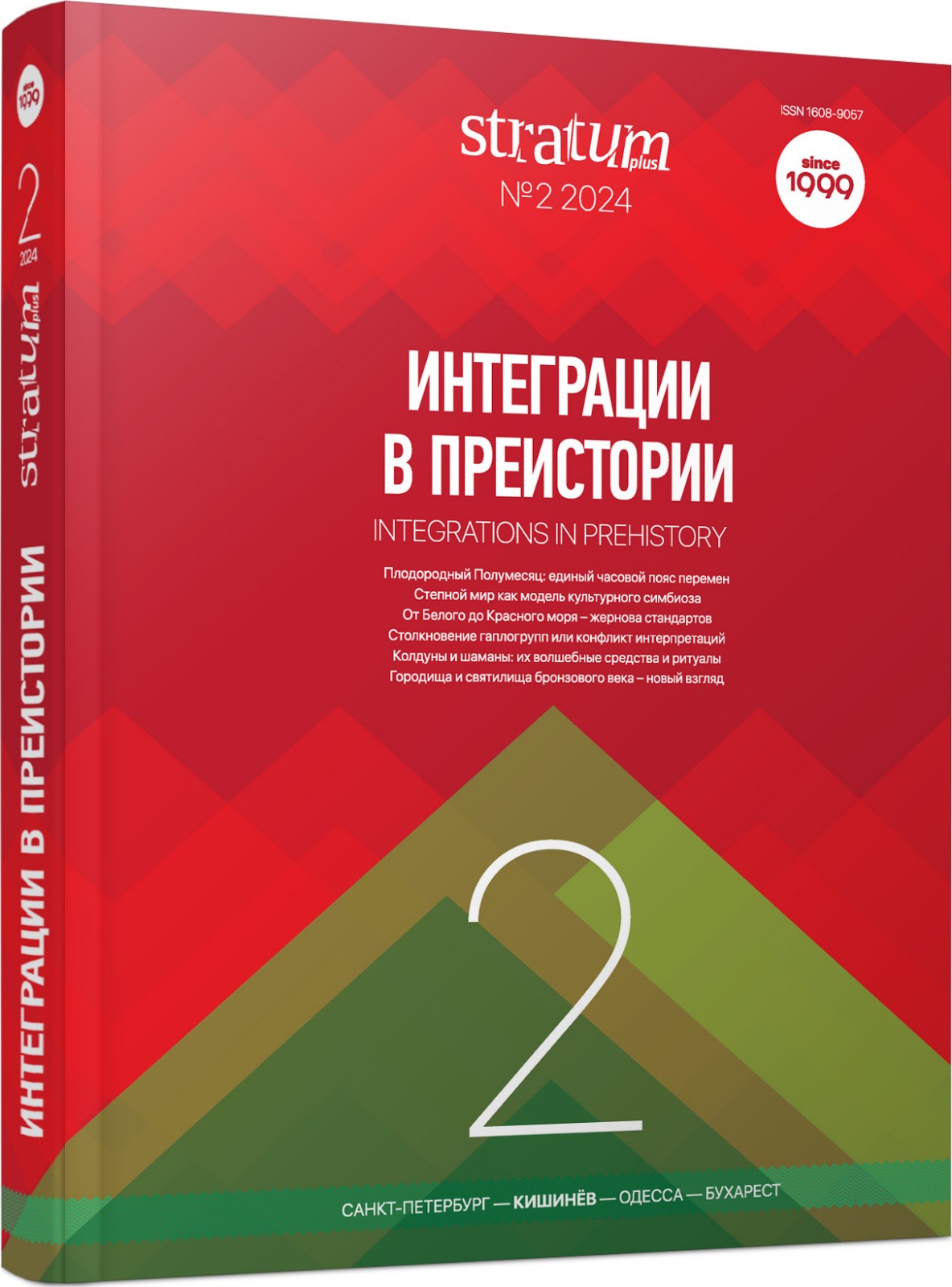Керамическая посуда раннего неолита на Кольском Севере: типология и новые данные по хронологии
Early Neolithic Pottery on the Kola North: Typology and New Data on Chronology
Author(s): Svetlana E. MalykhSubject(s): History, Archaeology, Ancient World
Published by: Издательский дом Stratum, Университет «Высшая антропологическая школа»
Keywords: Ancient Egypt; Old Kingdom; Giza; Memphis necropolises; Ancient Egyptian ceramics; ceramic typology; standardization of ceramics
Summary/Abstract: Ancient Egyptian pottery of the Old Kingdom demonstrates typological uniformity not only within the Memphite capital region, but also in the provinces. During Dynasty IV this was reflected in the ceramic assortment, then during Dynasties V and VI the visual dimensional similarity of individual groups of vessels is clearly noticeable, forcing us to see a manifestation of the ceramic standardization in this phenomenon. The pottery workshops show their subordinate position to temple and noble households, thus the assumption of possible standardization of the most popular ceramic forms — beer jars and bread molds — has the right to exist. The nonmonetary nature of the Egyptian Old Kingdom economy is an additional reason to see standardization in the identity of the ceramic molds and volumes, since beer jars and bread molds were the main means of remuneration for plain workmen of the royal, temple and noble households. However, the study of 38 whole and archaeologically whole beer jars from 13 burial complexes discovered by the Russian Archaeological Mission of the Institute of Oriental Studies of the Russian Academy of Sciences in 2002—2019 in the eastern part of the Giza Necropolis, makes us doubt the phenomenon of standardization and suspect that this is just a desired illusion for modern science. Analysis of the dimensional characteristics of the jars shows that their external similarity does not correlate with their dimensional similarity, even within the same complex. Moreover, it is difficult to talk about any local standardization, much less countrywide. Thus, the morphological uniformity of the most widespread ceramic type for the second half of the 3rd millennium BC can’t be explained by a desire of the local or central authorities to ensure dimensional uniformity of the vessels; but we can realte this with a strong pottery tradition and the activities of groups of professional potters who made vessels of a similar shape and size.
Journal: Stratum plus. Археология и культурная антропология
- Issue Year: 2024
- Issue No: 2
- Page Range: 121-137
- Page Count: 17
- Language: Russian
- Content File-PDF

